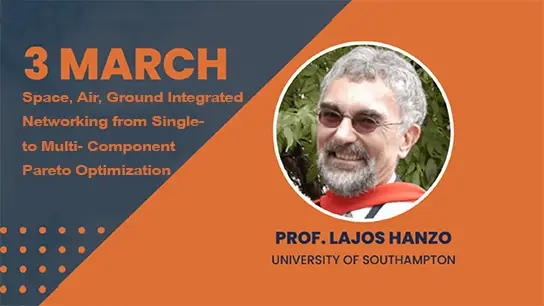Definition and Classification of Power System Stability Revisited
* 21PESGM2227, Introduction to the Task Force: N. HATZIARGYRIOU, NTUA * 21PESGM2228, Characteristics of CIGs: J. MILANOVIC, The University of Manchester * 21PESGM2229, Definition and Classification of power system stability: V. VITTAL, Arizona State University * 21PESGM2230, Hybrid systems: I. HISKENS, University of Michigan * 21PESGM2231, Rotor angle stability: C. RAHMANN, University of Chile * 21PESGM2232, Voltage stability: C. VOURNAS, National Technical University of Athens * 21PESGM2233, Frequency stability: P. POURBEIK, Power and Energy, Analysis, Consulting and Education, PLLC * 21PESGM2234, Resonance stability: B. PAL , Imperial College * 21PESGM2235, Converter driven stability: C. CANIZARES, University of Waterloo
-
Members: $5.00PES
IEEE Members: $10.00
Non-members: $20.00
27 Jul 2021
A task force set up jointly by the IEEE Power System Dynamic Performance Committee and the CIGRE Study Committee 38 had addressed the issue of stability definition and classification in power systems from a fundamental viewpoint and had closely examined the practical ramifications. At the time this document was published in 2004, the dynamic behavior of power systems was predominantly determined by the dynamic performance of synchronous generators and their controls as well as the dynamic performance of the loads. Consequently, this 2004-report primarily dealt with slow, electromechanical phenomena, typically present in power systems dominated by synchronous machines, while fast transients related to the network and other fast-response devices were neglected. This simplification has been justified so far mainly because in conventional power systems, fast electromagnetic transients decay very rapidly and therefore there is little justification for modeling their effects in stability studies. Since its publication, however, electric power systems worldwide have experienced a significant transformation, which has been strongly characterized by an increased penetration of power electronic converter interfaced technologies. Among these new technologies are wind and photovoltaic generation, various storage technologies, FACT devices, HVDC lines, and power electronic interfaced loads. With significant integration of converter interfaced generation technologies (CIGTs), the dynamic response of power systems progressively becomes more dependent on (complex) fast-response power electronic devices thus altering their inherent dynamic behavior. Accordingly, new stability concerns have arisen which need to be appropriately characterized, classified, and defined. The ability of CIGTs to significantly impact the dynamic behavior of power systems, together with the increased proliferation of CIGTs, lead to the need to update and extend the classification and definition of power system stability and thus provides the motivation for this Task Force. The Panel will address the issue of stability definition and classification in power systems with increasing and high penetration of CIGTs from a fundamental viewpoint and will examine the practical ramifications of envisaged changes in system dynamic behavior and stability.
Chairs:
Nikos Hatziargyriou, NTUA, Jovica Milanovic, The University of Manchester
Sponsor Committees:
Power System Dynamic Performance



